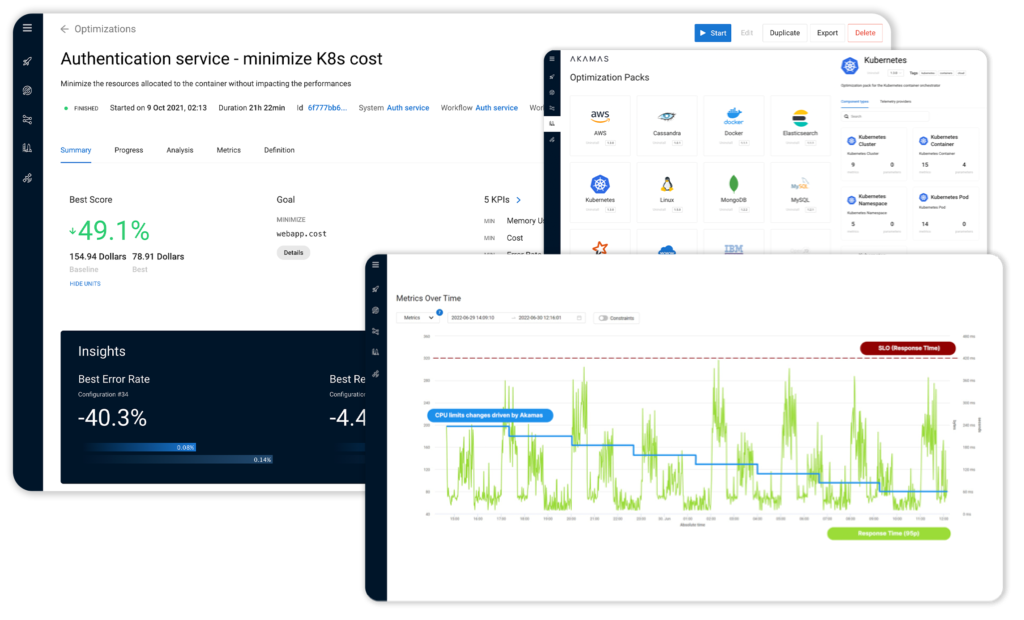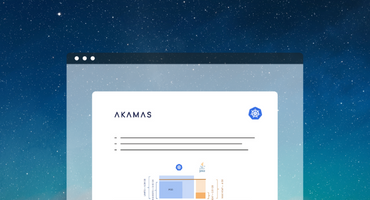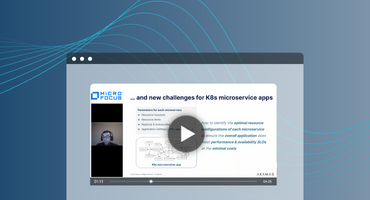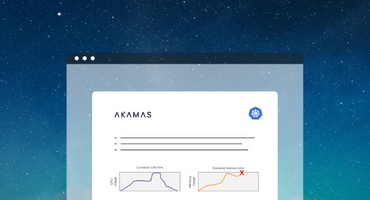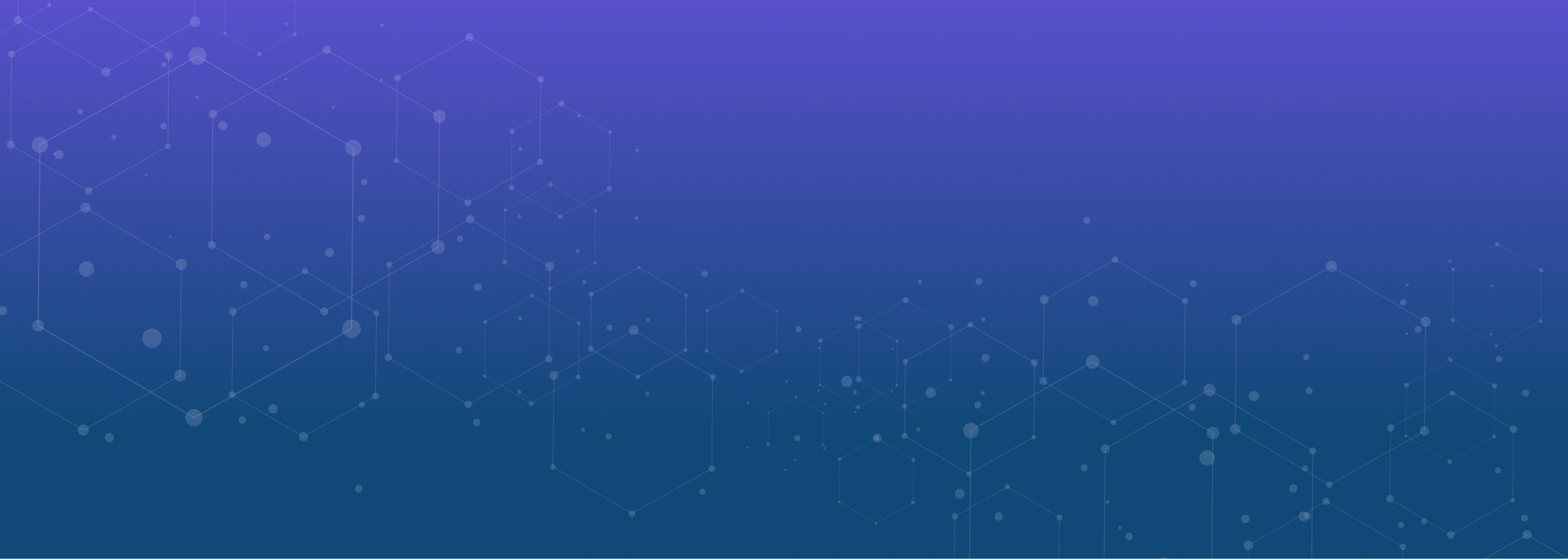
Blog Post
Accelerate digital innovation with Self-service Developer Portals and AI-powered Kubernetes optimization
Kubernetes OptimizationToday developers are often spending more time on managing Kubernetes than focusing on developing applications running on Kubernetes. This situation is exacerbated by the shortage of Kubernetes skills and by the complexity of developing and delivering well-tuned applications in Kubernetes environments.
Developers of cloud native applications are often struggling to keep up with faster and faster release rates, while also delivering the highest level of quality to end-users, at the lowest possible cost.
Companies are facing multiple negative consequences, including the inability to effectively support their digital innovation at the required business speed, which in turn may also heavily impact their bottom line, and to retain software engineering talent that is already so hard to find.
In this context, software engineering is evolving to better support developers, architects, platform engineers, DevOps and SRE teams. In this article, we briefly describe the innovation provided by Self-Service Developer Portals and AI-Augmented Software Engineering tools and how Mia-Platform and Akamas are combining the capabilities of their respective solutions to empower companies to take a more stable path in their digital innovation journey.
Self-Service Developer Portals
Self-Service Developer Portals have recently emerged as a new product category to improve the productivity of product teams by supporting developers in rapidly delivering applications, while also ensuring governance, security and compliance, and quality and cost efficiency.
According to Gartner “By 2025, 75% of organizations with platform teams will provide self-service developer portals to improve developer experience and accelerate product innovation.” (Gartner “Innovation Insight for Internal Developer Portals” report, February 2022).
These tools improve developer experience and reduce friction throughout the software delivery life cycle by streamlining the development, deployment and life cycle management of software artifacts. By integrating with software delivery platforms, they enable continuous delivery and automation tools for abstracting away the underlying infrastructure complexity.
The Mia-Platform solution has been designed to provide the most effective tool to develop modern cloud native applications on Kubernetes. The platform helps companies to industrialize and simplify software lifecycle by using APIs, microservices and real-time data, building event-driven architectures, and carrying out DevOps operations. Mia-Platform takes care of simplifying cloud complexity, so that developers can focus on building business products instead of wasting time setting up the platform.
Mia-Platform provides development teams with three main tools (see following figure) that help govern complexity and speed up development:
- Mia-Platform Console: a powerful internal developer portal to govern all projects in one place and to industrialize DevOps;
- Mia-Platform Fast Data: a set of plug-and-play microservices to build a digital integration hub tailored for any specific industry;
- The Marketplace: a service catalog of ready-to-use components to speed up development and to promote reuse of code and evolvability in the long term.
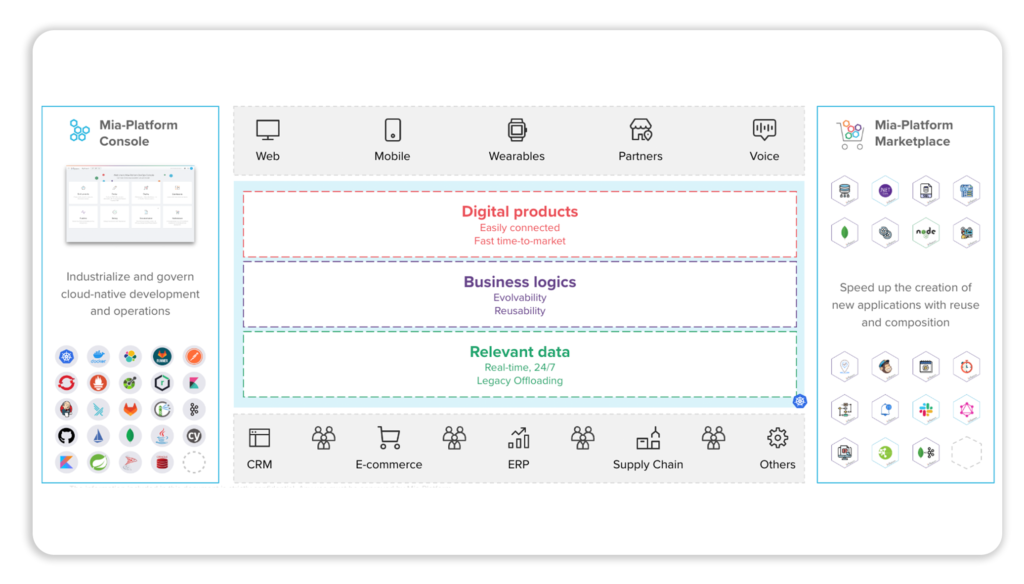
The latest version of Mia-Platform v10 brings to development teams a new way to smoothly manage the evolution of cloud native applications and runtime environments on Kubernetes, allowing them to focus on the business logic.
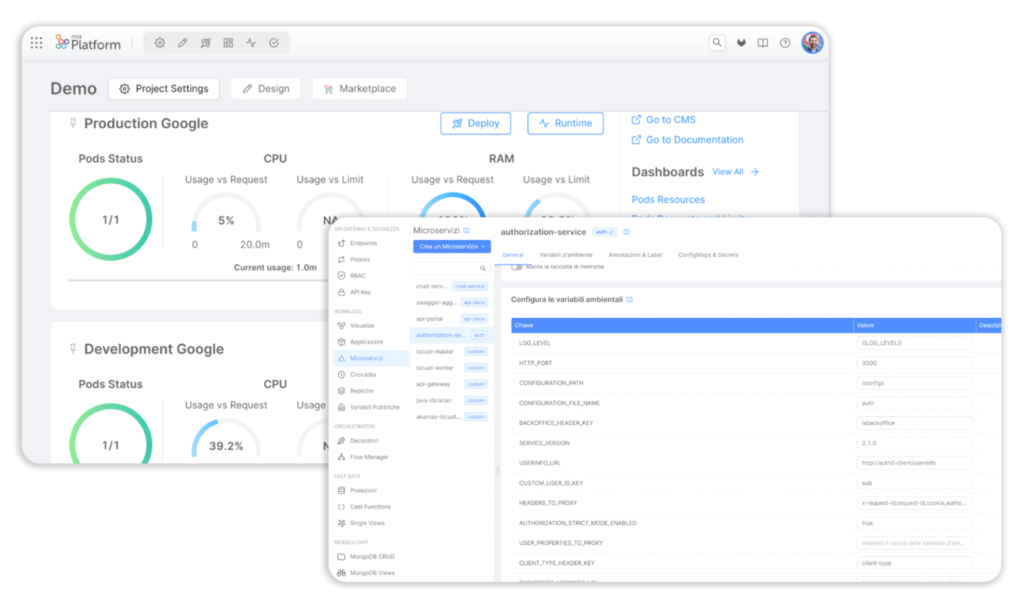
Users can leverage the Mia-Platform Console to create and configure all the parameters for their microservices (see previous figure). This is an area where Mia-Platform capabilities for supporting development teams in delivering applications in Kubernetes environments are nicely complemented by Akamas.
AI-Augmented Software Engineering
Tuning Kubernetes applications to increase cost efficiency while also improving application performance and resilience is a challenge, even for experienced performance engineers.
According to several Akamas polls, 33% of customers have reported that ensuring the performance and resilience of Kubernetes applications remains an unmet challenge. According to a provider of critical SaaS services, tuning a single microservice (among the hundreds a real-world application is typically composed of) may require several weeks (up to 2 months) of effort.
This complexity is due to Kubernetes resource management mechanisms and the interplay with the application runtime (e.g. JVM, Golang). Mismatched configurations between these two layers have dramatic impacts, not only in terms of missed cost efficiency and improved service quality but also in terms of poor end-to-end performance and application resilience (for a more detailed discussion, please listen to this interview with Akamas CTO Stefano Doni).
In the last few years, a number of solutions leveraging Artificial Intelligence (AI) have been brought to the market to support performance engineers in autonomously identifying optimal configurations without human intervention, except for the approval (and review) of recommended configurations.
Gartner also uses the term AI-Augmented Software Engineering (AIASE): “Emerging AI tools are able to discover the best configuration to meet operational goals; and software engineers who use these tools are productive, happier and tend to stay longer in their jobs.” (Gartner “Hype Cycle for Software Engineering” report, August 2022).
The Akamas solution has been designed to effectively support developers, performance engineers, and SRE teams in keeping complex, real-world applications such as cloud-native, Kubernetes microservices applications optimized both in real-time and with respect to any what-if scenarios.
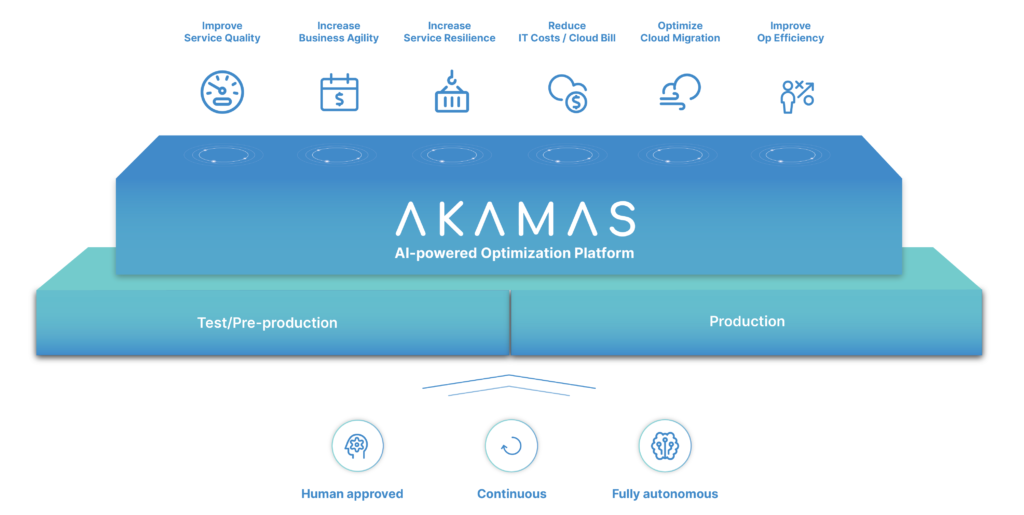
Akamas leverages patented AI techniques driven by custom-defined goals and constraints (SLOs) that have been proven to provide 65% cost reduction while also improvising on application performance and resilience.
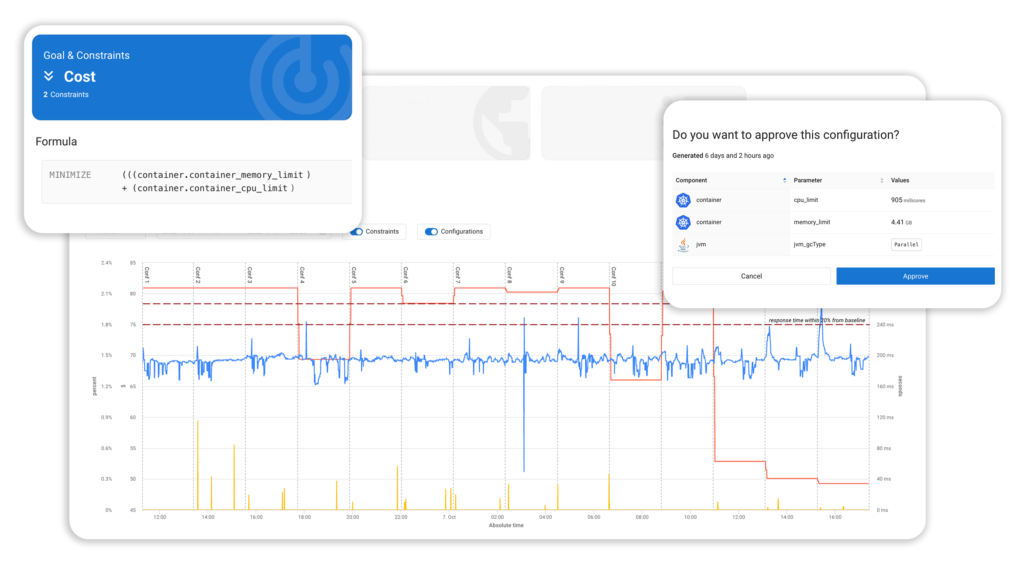
Akamas live optimization capabilities have been integrated with Mia-Platform to provide recommendations to users on how to tune Kubernetes requests/limits and any other application parameter directly from the Mia-Platform Console.
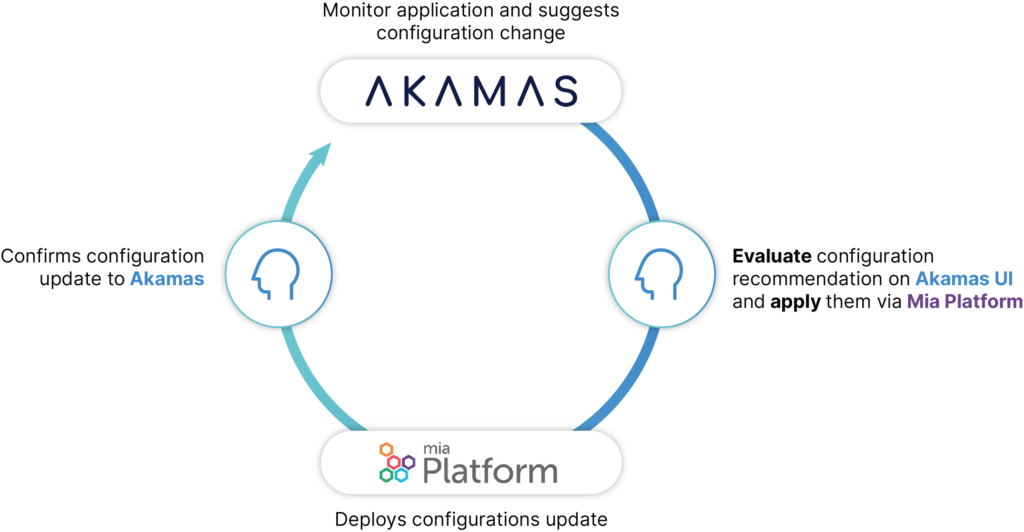
Thanks to this integration and Akamas optimization capabilities, Mia-Platform users can keep delivering well-tuned Kubernetes applications with respect to their specific cost-efficiency and performance goals and constraints (SLOs).
By taking advantage of both Akamas and Mia-Platform capabilities, product teams can now effectively deliver well-tuned and high-quality software, while also improving their productivity, thus supporting their companies’ digital innovation initiatives at business speed, in the most cost effective way.
Keep reading our blog and resources to learn more stories from our customers on the benefits of combining AI-powered autonomous optimization into self-service internal developer portals.
Stay tuned!
…
Curious about Akamas?
Get a demo.
Learn how it works in 20 minutes. No strings attached, no commitments.
Reading Time:
9 minutes
Authors:

Francesco Soncini Sessa
Head of Strategic Alliances, Mia-Platform
Stay up to date!
Related resources
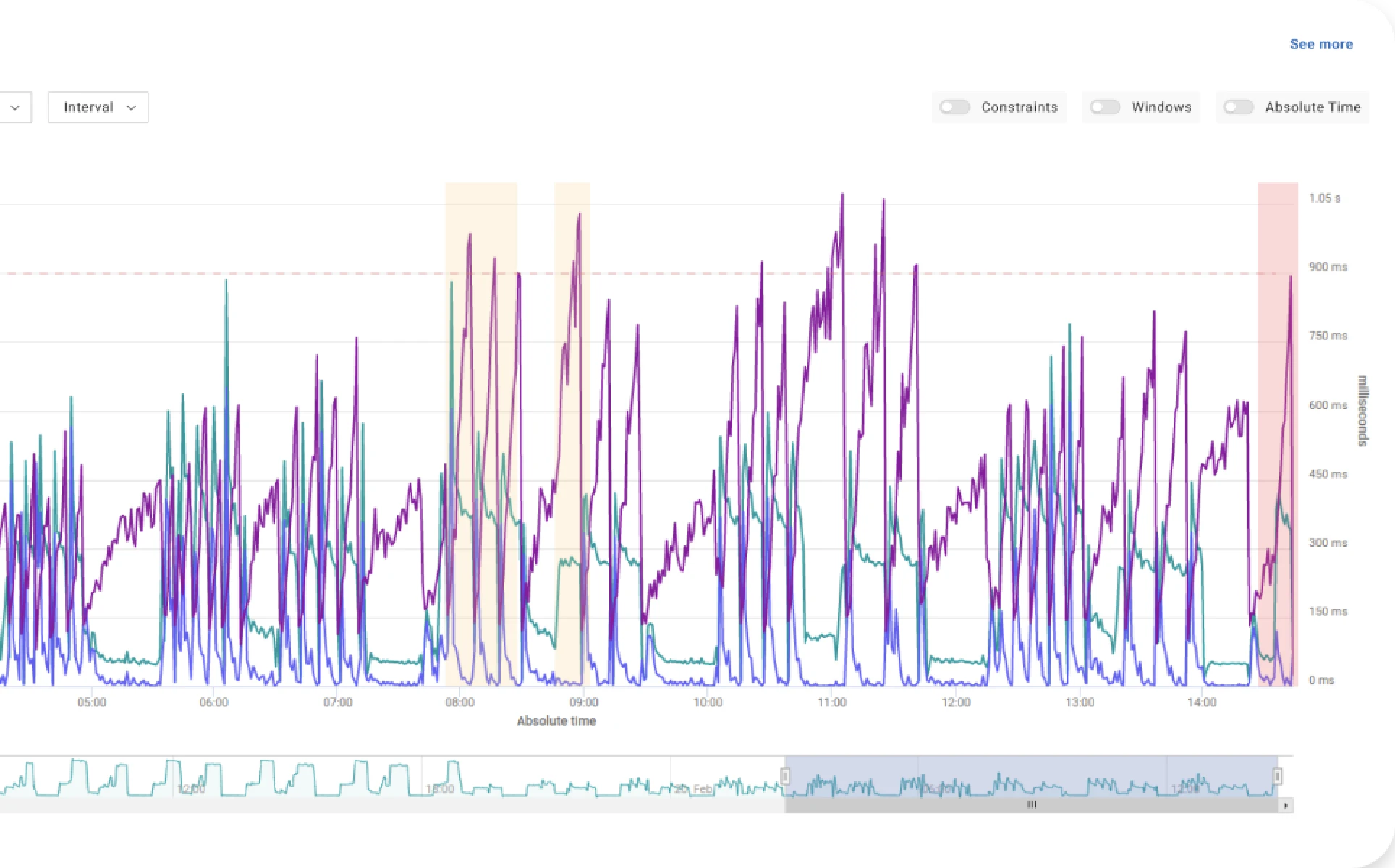
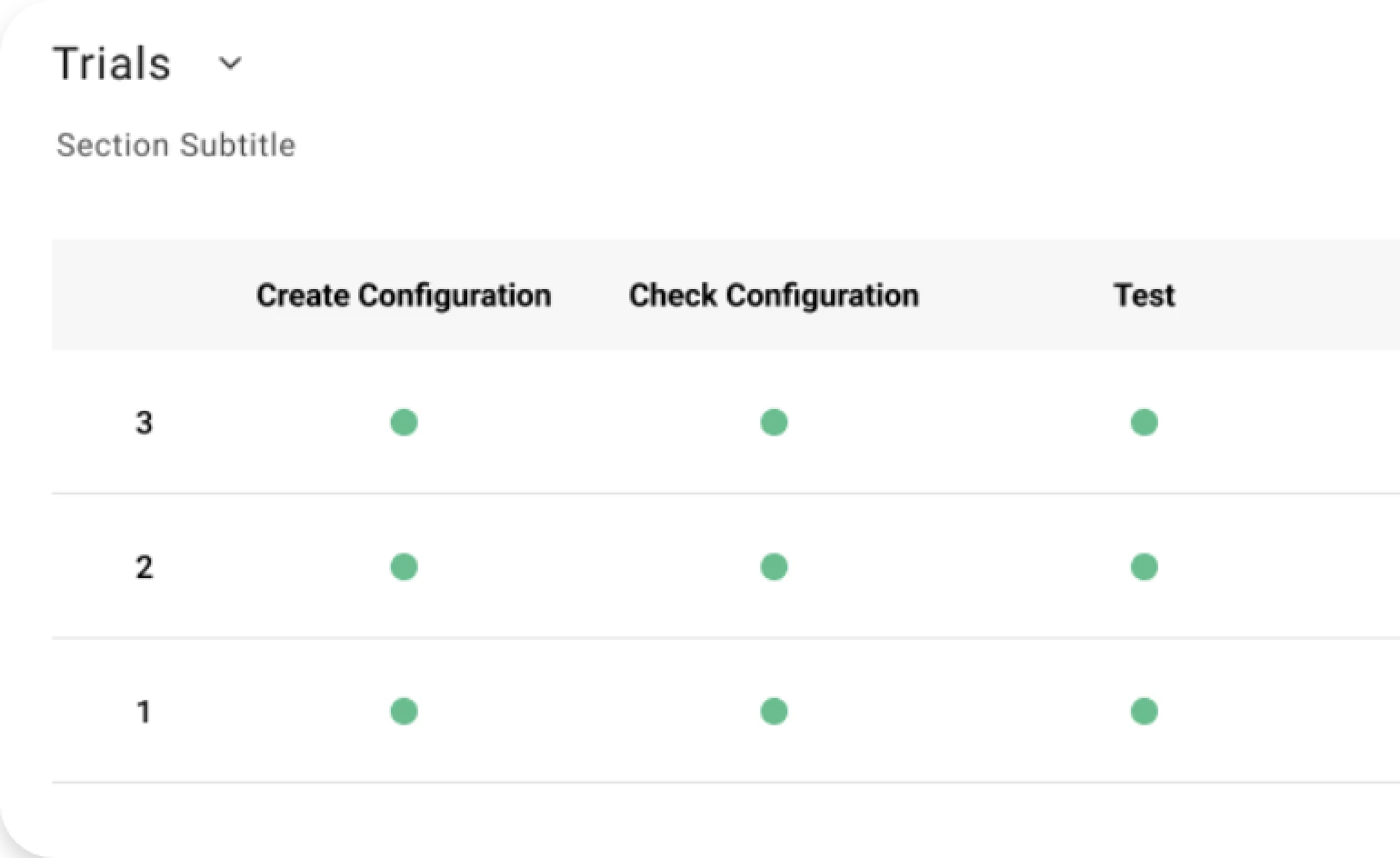
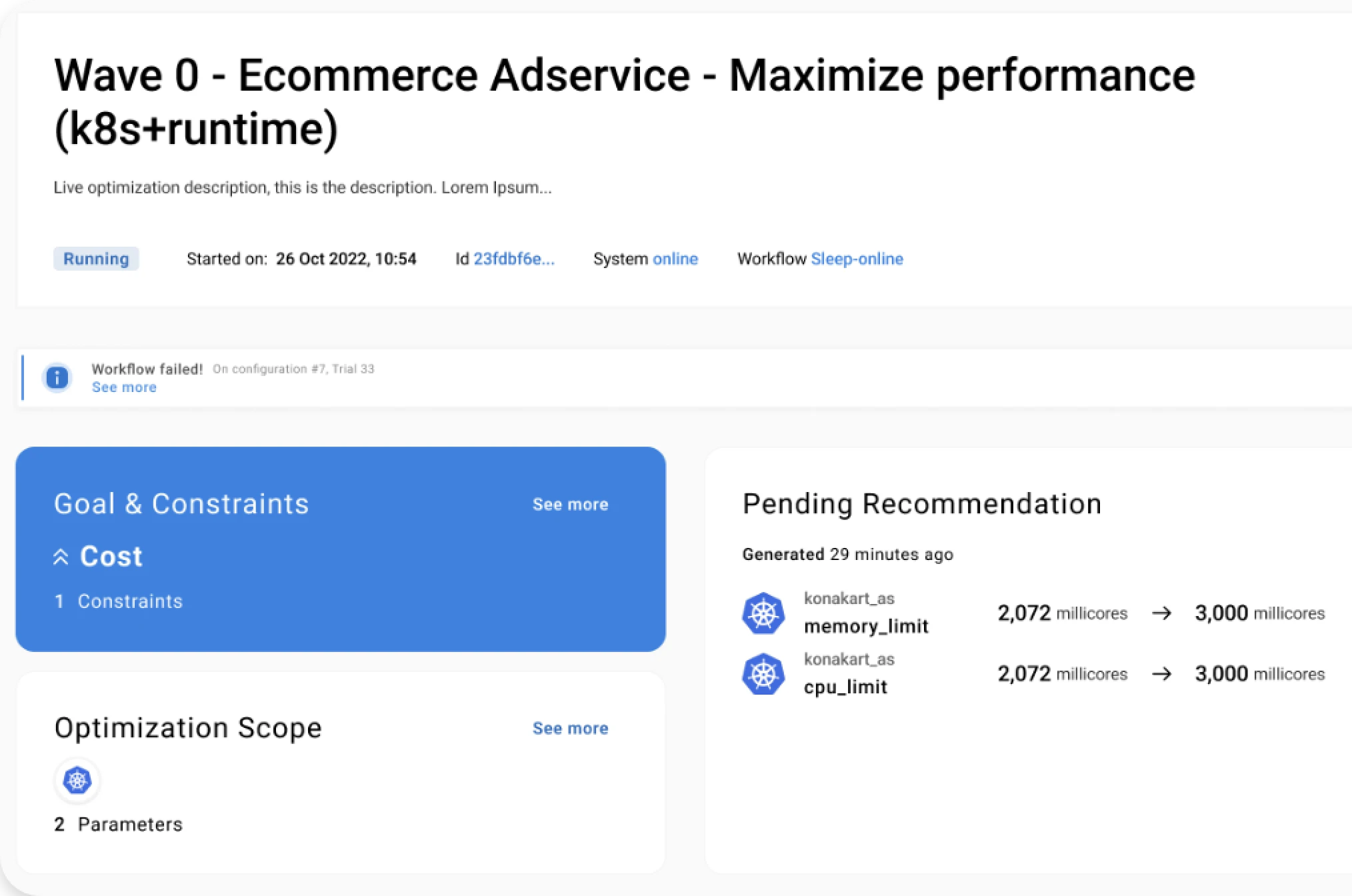
See for yourself.
Experience the benefits of Akamas autonomous optimization.
No overselling, no strings attached, no commitments.
© 2024 Akamas S.p.A. All rights reserved. – Via Schiaffino, 11 – 20158 Milan, Italy – P.IVA / VAT: 10584850969
